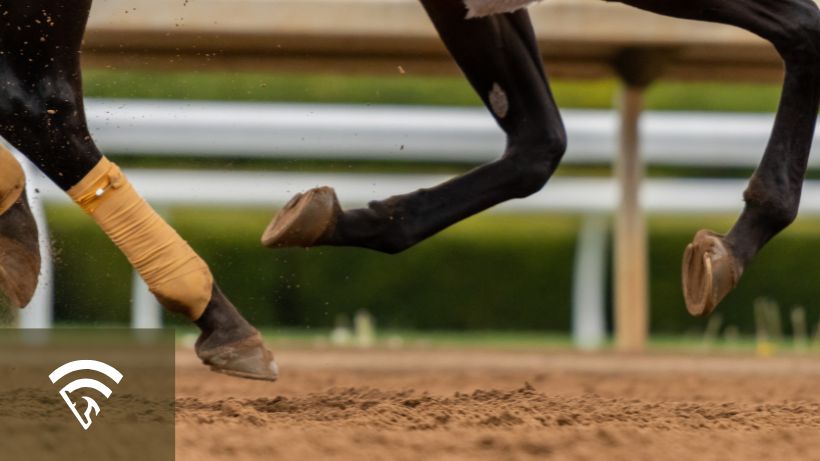Dirt tracks in horse racing are courses composed primarily of soil and sand, providing a natural, often fast-running surface. Traditionally associated with North American racing, dirt tracks have a long history and remain a standard fixture at many major racetracks. The composition and maintenance of the dirt track can influence a horse’s speed, footing, and overall performance, making it a critical factor for trainers, jockeys, and bettors to consider.
Characteristics of Dirt Tracks
Dirt tracks typically feature a blend of sand, silt, and clay, with the exact proportions varying from one track to another. These tracks require careful maintenance to ensure consistency:
- Moisture Control: Track crews regularly water and harrow the surface to maintain even footing and prevent it from becoming too hard or too soft.
- Weather Impact: Rainfall can turn a dirt track into a muddy or sloppy surface, altering the way horses run and how bettors handicap the race.
- Speed Bias: Dirt tracks are often considered faster than turf or synthetic surfaces. Horses that excel in early speed can have an advantage, making pace analysis crucial.
How Horses Perform on Dirt Tracks
Some horses thrive on the firmer, more direct footing of dirt tracks. These horses may prefer to run near the front, using the track’s speed-friendly nature to their benefit. Others might struggle with the dirt “kickback”—the spray of dirt and sand horses behind the leaders must run through. For bettors, understanding how a horse has fared on dirt in previous races can provide key insights into its likelihood of success on a given day.
Handicapping Dirt Races
When handicapping dirt races:
- Past Performances: Focus on horses with proven form on dirt, as not all horses handle this surface equally.
- Track Conditions: Pay attention to recent weather and track maintenance reports. A change from fast to muddy conditions can dramatically affect race outcomes.
- Running Styles: Front-running horses may benefit from a dirt surface, but closers can still factor into the finish if pace dynamics set up in their favor.
Ready to apply this knowledge in the real world of betting? EquinEdge’s data-driven tools help you analyze track conditions, compare past performances, and identify value plays on dirt tracks. Give EquinEdge a try and gain the confidence to make smarter wagers on your next race day.
